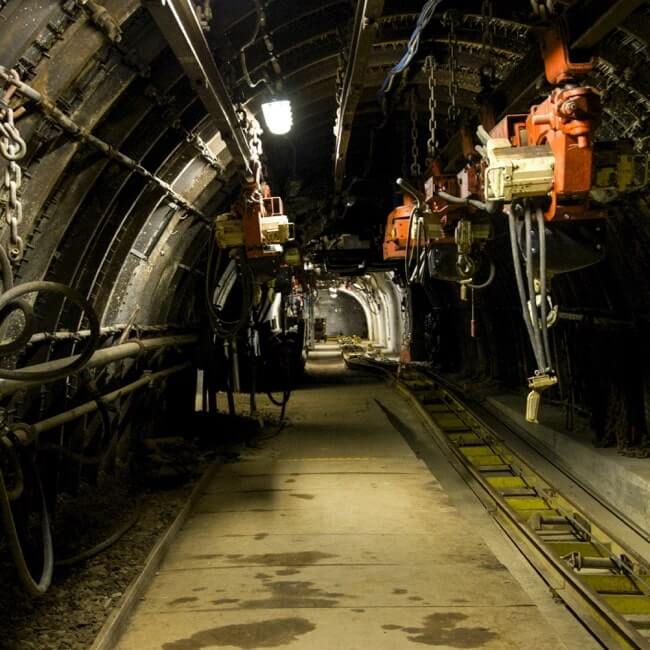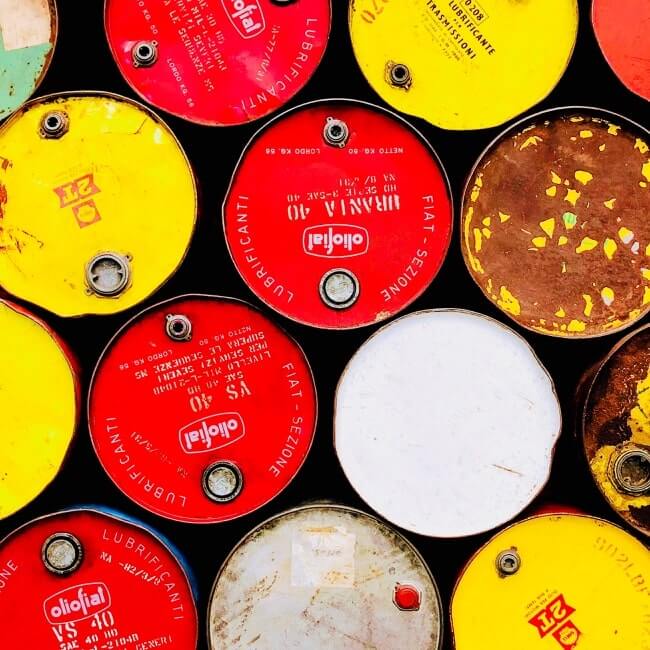What may dominate Chile hydrogen debate in 2024?

Chile is not lacking in terms of proposed green hydrogen projects: around 60 have been publicly announced with the bulk planned by consortiums of companies, each bringing something different to the table.
The tally in 1H22 was about 25.
Around half of the projects target the domestic market, the rest are export-only or geared to both foreign and local offtakers.
Wheels are turning and work has been announced on fronts including permitting and midstream infrastructure, but getting shovels into the ground, getting bankers to sign checks, will require solid offtake contracts. And that topic – and in particular the associated matter of demand-side subsidies – may dominate boardroom and conference debate next year, especially given that Chile risks missing the first-mover window of opportunity.
Much discussion surrounds state support. Chile has built a US$1bn facility to help finance and de-risk projects and has awarded electrolyzer-acquisition grants via development agency Corfo. Chile’s subsidy firepower, however, pales into insignificance compared to that of the US, also looking to grab a chunk of the juicy investment pie. Given the limited prospects for greater subsidy spending, other carrots could be dangled in Chile, especially for those projects targeting local demand or without access to the deep pockets of global corporates.
Work is underway in terms of creating a more fertile business landscape by reducing project permitting uncertainty, offering tax benefits and developing shared infrastructure, while the private sector has floated the idea of contracts with the State. National oil company Enap operates three refineries that consume hydrogen while state-owned mining giant Codelco could technically use hydrogen instead of diesel at its pits.
Some stakeholders also underscore the importance of evangelizing the environmental benefits of green hydrogen over fossil fuels, of not focusing on cost alone.
Looking further ahead, Chile imports virtually all the crude oil it consumes, much refined into gasoline, a fuel that could eventually be replaced by the synthetic alternative produced from derivate green methanol. Enap, in addition to planning maritime terminal reconversion projects in southern region Magallanes to support hydrogen development, has plans to build a pilot 10MW synthetic fuels plant. Studies – being carried out by Ferrostaal Chile and Ineratec – are due to conclude in the first quarter of 2024. The company has also previously said a 1.2MW green hydrogen facility pilot planned for Magallanes was due to be commissioned in 2025.
Meanwhile, Chile has green hydrogen projects Cabo Negro and Quintero in the environmental review phase, a tally that will grow in 2024.
In terms of export-focused projects, given appetite in Europe and Asia for imported green hydrogen and associated decarbonization goals, next year could see negotiations advance. A European midstream infrastructure provider recently told BNamericas the time was ripe for building business opportunities in Chile, adding that it expected to sign contracts from 2025.
Indeed, as things stand, next year should see continued work to try to incentivize and ease investment, with construction of utility-scale plants possibly getting underway in 2025. For getting legislation through congress, 2024 will be critical for the incumbent administration as 2025 is an election year that will see attention shift to the race to choose a new president and lawmakers.
ROADMAP, PERMITTING, TAX REFORM, TERRITORIAL PLANNING, BASELINE STUDIES
Roadmap
The government is preparing to publish its definitive 2023-2030 green hydrogen roadmap, which will build on the country’s 2020 green hydrogen strategy.
Permitting
In parallel, the government is preparing to publish draft legislation to overhaul environmental and sectoral permitting. Political consensus exists over the need to speed up the process without compromising standards. Of the two, environmental permitting reform is the more sensitive politically.
Tax
Meanwhile, tax credits and other benefits are proposed in the government’s fiscal pact, a series of measures aimed at boosting transparency, modernizing the State and spurring investment, productivity and growth. Fiscal pact proposals are being analyzed, with an associated tax bill due to be presented in March. Regional-level incentive measures have also been proposed.
Territorial planning, baseline studies
In November, the environment ministry awarded a university a contract to conduct environmental baseline studies in Magallanes region. Among other uses, the study results can be employed by the private sector in project planning and, by the public sector, for territorial planning and policymaking purposes.
Multiple gigawatt-scale green hydrogen projects are earmarked for Magallanes, where an energy strategy plan is under development.
WHAT TO EXPECT
Chile’s hydrogen strategy targets 5GW of electrolysis capacity operating and under development in 2025. Achieving this is technically feasible but the big question is what portion of this capacity would actually be pumping out green hydrogen by then, especially given that, today, only 250MW is in the environmental review phase.
As Chile already has a fat portfolio of projects, next year much attention will likely be placed elsewhere on the hydrogen map: on the operating/business environment and the offtake/demand scenario. In other words, the transition from PowerPoint to pickaxe.
Subscribe to the leading business intelligence platform in Latin America with different tools for Providers, Contractors, Operators, Government, Legal, Financial and Insurance industries.
Subscribe to Latin America’s most trusted business intelligence platform.





